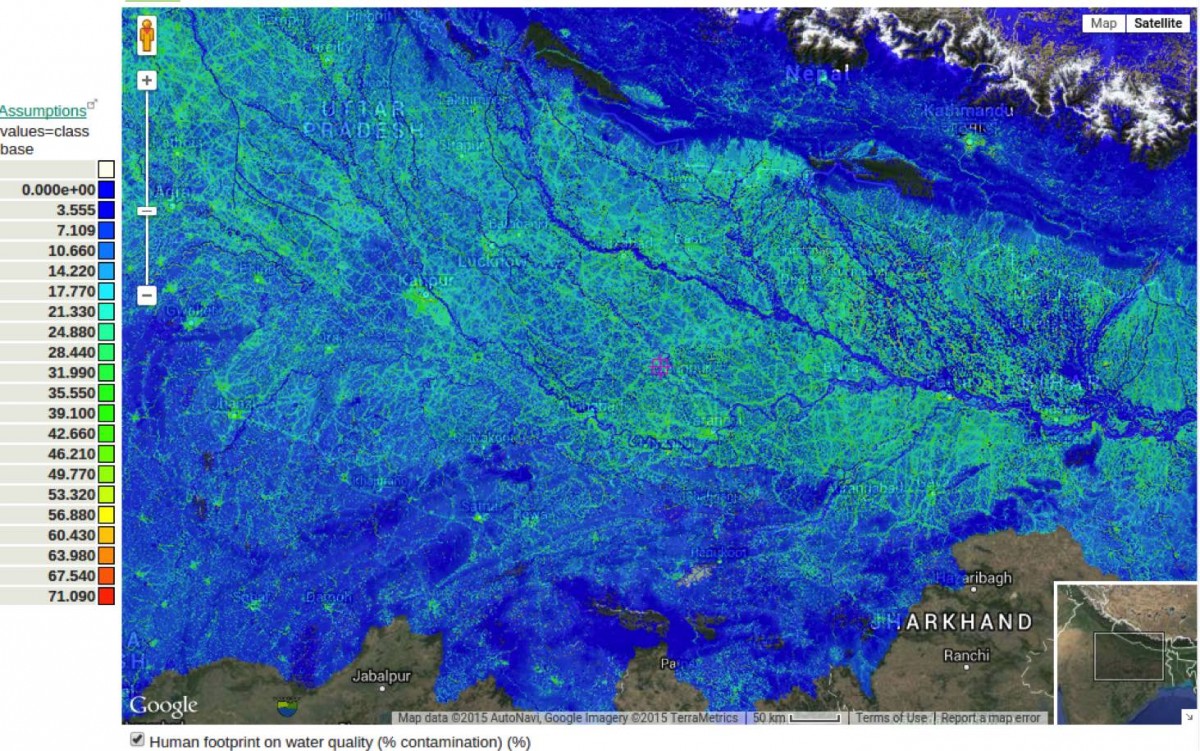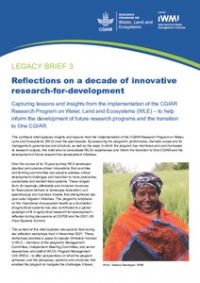WaterWorld is a software tool that aids in developing and assessing water and land-related policies. It was used in WLE’s Volta region scoping study to analyze the tradeoffs and impacts of hydroelectric dams in Ghana and Burkina Faso. It also is being used by WLE in its work related to the UN-led Sustainable Development Goals, the successor to the Millennium Development Goals. It has been developed over many years under a number of funding streams including the CGIAR Challenge Program on Water and Food and WLE.
The web-based tool examines the consequences of development actions through computer simulation, by highlighting their effectiveness and unintended consequences, both locally and downstream, before the options are tested on the ground.

Typical applications include water resources assessment, water security analysis, land and water management, climate and land use change impact analysis, and hydrological ecosystem services accounting. The tool is particularly focused on assessing hydrological baselines and the impacts of proposed land and water management interventions WaterWorld connects with the following tools for additional functionality: WEAP, AQUEDUCT and TESSA.
WaterWorld incorporates detailed spatial datasets at 1-square km and 1 hectare resolution for the entire world, spatial models for biophysical and socio-economic processes, and scenarios for climate, land use and land and water management changes. Users can run analyses for their site, region, country or river basin quickly using the globally provided datasets. With more time, they also can use the model with their own datasets.
The tool is aimed at development practitioners, policy analysts, industry, educators, and academics. It is easy to use by those who have a basic understanding of web browser use. Advanced use requires some GIS skills.


/index.jpg?itok=EzuBHOXY&c=feafd7f5ab7d60c363652d23929d0aee)














